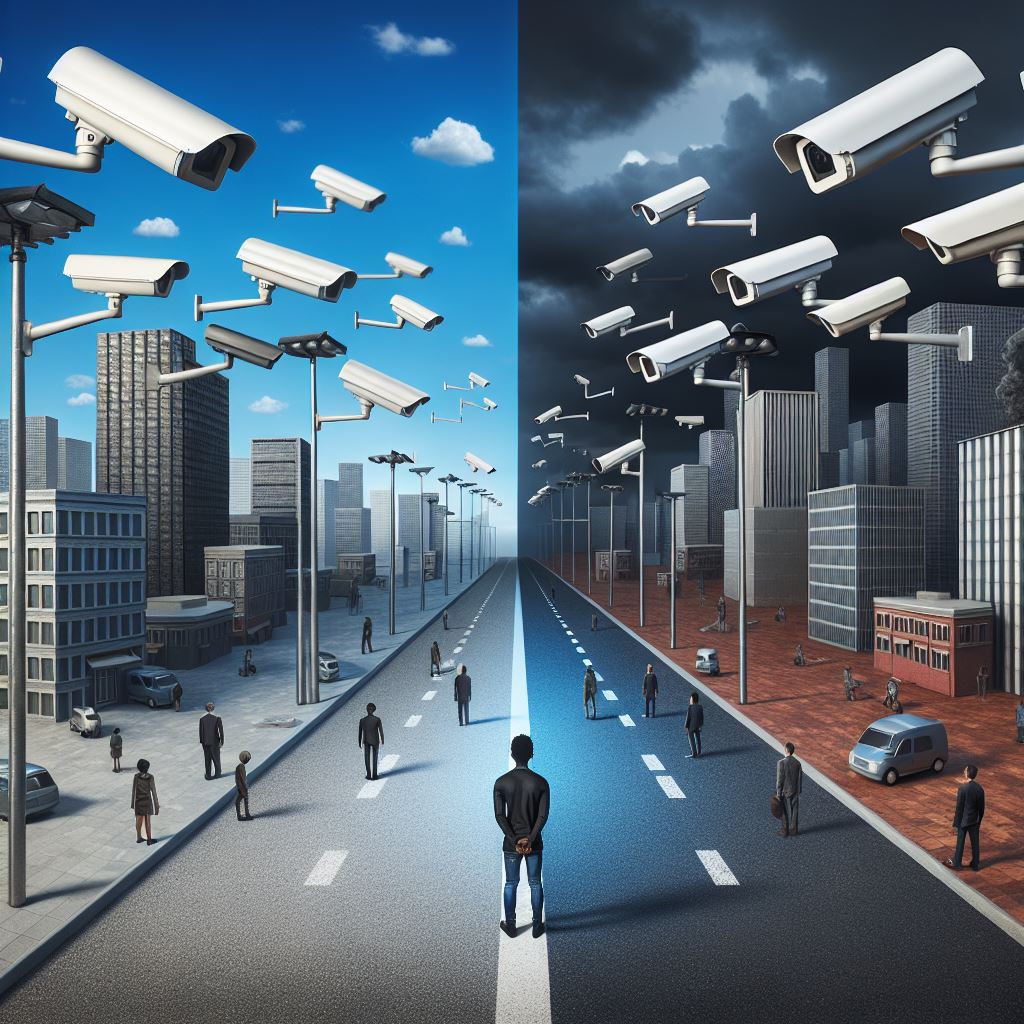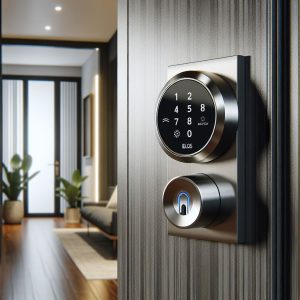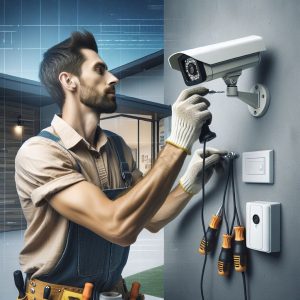Introduction
In an age where surveillance cameras are nearly as common as streetlights, the debate over CCTV and privacy has never been more relevant. From bustling city centers to quiet suburban neighborhoods, CCTV (Closed-Circuit Television) systems are deployed to deter crime, monitor traffic, and enhance public safety. But as these watchful eyes become more pervasive—and more intelligent—the question arises: At what point does surveillance cross the line into an invasion of privacy?
This article explores the delicate balance between security and civil liberties, examining the legal, ethical, and technological dimensions of CCTV surveillance.
The Rise of CCTV: A Global Phenomenon
CCTV systems have evolved from grainy, analog setups to high-definition, AI-powered networks capable of facial recognition, behavior analysis, and real-time alerts. According to recent estimates, there are over 1 billion surveillance cameras in use worldwide, with countries like China, the United States, and the United Kingdom leading in deployment.
Key Drivers of CCTV Expansion:
- Crime prevention and investigation
- Traffic and crowd management
- Workplace and property monitoring
- Public health (e.g., during the COVID-19 pandemic)
While the benefits are clear, the omnipresence of surveillance raises critical concerns about how much monitoring is too much.
The Privacy Dilemma
1. What Is Privacy in the Digital Age?
Privacy is the right to be left alone, to control personal information, and to live without unwarranted intrusion. In the context of CCTV, privacy means not being watched or recorded without consent—especially in spaces where individuals expect a degree of anonymity.
2. Public vs. Private Spaces
- Public spaces (e.g., streets, parks, malls): Generally considered fair game for surveillance, though ethical concerns remain.
- Semi-public spaces (e.g., schools, offices, stores): Surveillance is often justified for safety but must be disclosed.
- Private spaces (e.g., homes, restrooms, changing rooms): Surveillance here is typically illegal or heavily restricted.
Legal Frameworks: A Patchwork of Protections
Laws governing CCTV use vary widely across countries and even within regions. Some nations have robust data protection laws, while others offer minimal oversight.
Examples:
- European Union (GDPR): Requires clear signage, purpose limitation, and data minimization.
- United States: Lacks a federal privacy law; regulations vary by state.
- Philippines (Data Privacy Act of 2012): Requires CCTV operators to notify individuals and secure recorded data.
Despite these laws, enforcement is inconsistent, and many CCTV systems operate in legal gray areas.
Ethical Considerations
1. Consent and Transparency
Should individuals be informed when they are being recorded? Ethically, yes. Practically, this is often overlooked.
2. Data Retention and Security
How long should footage be stored? Who has access? Poor data management can lead to leaks, misuse, or unauthorized surveillance.
3. Bias and Discrimination
AI-powered CCTV systems can reinforce racial or gender biases, especially in facial recognition algorithms trained on non-diverse datasets.
4. Function Creep
Cameras installed for one purpose (e.g., traffic monitoring) may later be used for unrelated surveillance (e.g., protest tracking), raising concerns about mission drift.
The Role of Technology
Modern CCTV systems are no longer passive recorders—they are active observers. With AI, they can:
- Detect suspicious behavior
- Recognize faces and license plates
- Track individuals across multiple cameras
- Alert authorities in real time
While these capabilities enhance security, they also amplify the risks to privacy and civil liberties.
Striking the Balance: Best Practices
For Governments and Policymakers:
- Enact clear, enforceable laws on surveillance
- Mandate transparency and public consultation
- Limit use of facial recognition in public spaces
For Businesses and Institutions:
- Use CCTV only where necessary
- Inform employees and customers about surveillance
- Secure footage with encryption and access controls
For Citizens:
- Stay informed about your rights
- Advocate for responsible surveillance policies
- Use privacy-enhancing tools (e.g., masks, VPNs, FOI requests)
Conclusion: Drawing the Line
CCTV is a powerful tool—but like all tools, it must be used responsibly. The line between safety and surveillance is not fixed; it shifts with technology, culture, and public values. As societies grapple with this balance, the guiding principle should be respect for human dignity and autonomy.
We must ask ourselves: Are we building a safer world, or a more controlled one? The answer lies in how we choose to draw the line.
Secure Your Home and Business with Garrison Alarms!
Experience unmatched safety with Garrison Alarms – your trusted partner in cutting-edge home and business security solutions. With over 35 years of experience, we offer expert installation, state-of-the-art technology, and personalized security strategies tailored to your unique needs.
Our Services Include:
- Home & Business Alarms: Maximize security with our advanced wired and wireless alarm systems.
- CCTV Systems: Protect your property with high-resolution, 4K HD, and color night vision cameras.
- Access Control: Secure your premises with keypad entry, biometric solutions, and more.
- Alarm Monitoring: 24/7 monitoring to ensure your safety and peace of mind.
Why Choose Garrison Alarms?
- Expert & Professional Service: Our licensed technicians provide top-notch installation and support.
- Customer Satisfaction: We prioritize your security and satisfaction with a focus on quality and reliability.
- Affordable Pricing: Get the best security solutions at competitive prices.
Get a FREE Quote Today! Visit Garrison Alarms or call us at 09 520 4875 to learn more and secure your property today!
Garrison Alarms – Your Safety, Our Priority





